MUSIC FOR ALL
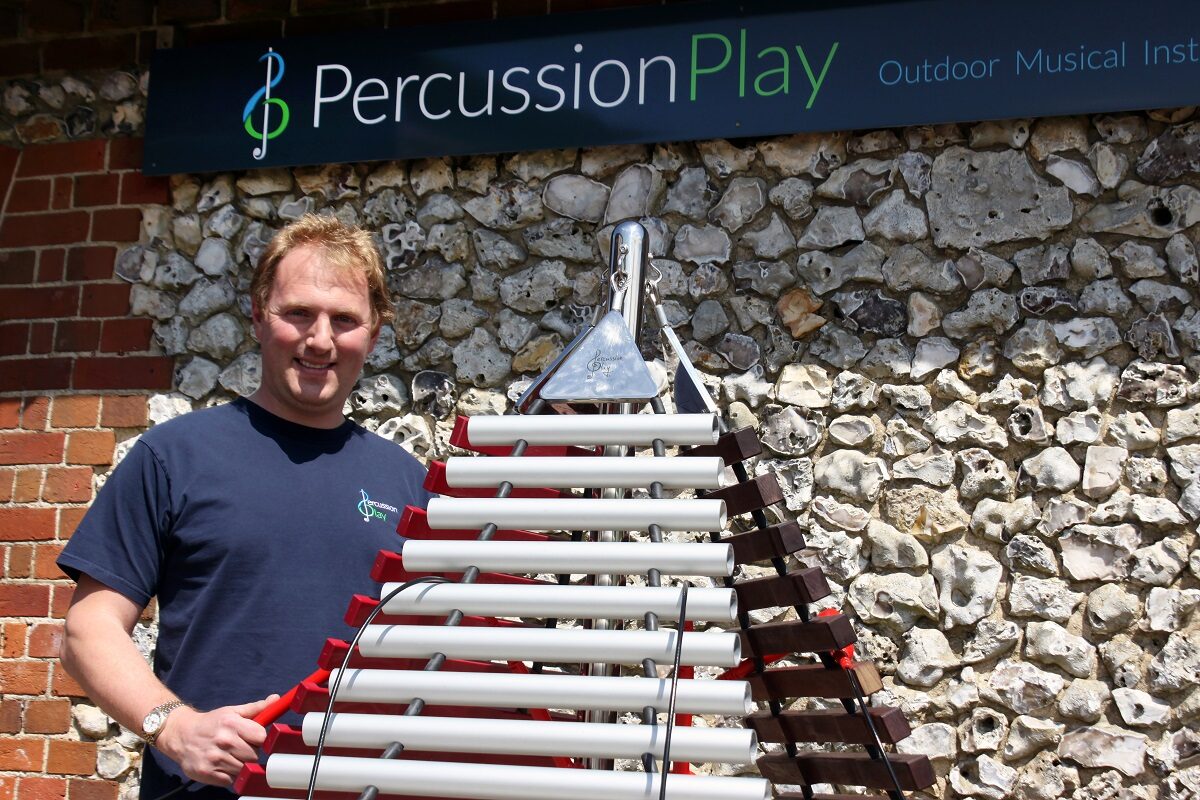
Music is like physical exercise: it’s for all ages and for all people. And like physical exercise, music making has the ability to bring people together.
It fosters improved learning, individual growth and community development. And without a doubt, music is best experienced with other people- music brings communities together including communities in schools and further education settings.
One way to help engage and unite students of all ages, cultures and abilities is music. Take the ritual of singing songs in assemblies. This is an age-old tradition many schools continue to embrace. Many schools are also recognising how making music outside can benefit their communities. Outdoor music spaces have the ability to be inclusive, providing easy access to instruments and enabling people with mobility difficulties the opportunity to create music safely. Being outside can also provide a space for children and young people who find classrooms and traditional education settings difficult.
Just as in assemblies, listening to music and singing together has been shown to create a sense of group identity. Music making as a group may be successful in bringing about social integration because it directly impacts the neuro-chemicals in the brain which facilitate feelings of closeness and connection.
One 2017 study found that playing musical instruments, singing and dancing also resulted in greater positive emotions which suggests that people feel closer to one another when playing music. This is due to the release of endorphins which these types of activity facilitate. This, plus the fact that music has been linked to the release of dopamine (the chemical that causes us to feel pleasure), means that music makes us feel good and connected with others, particularly when we are making music ourselves.
Music is able to bring a diverse group of people together in the community because it transcends language limitations- providing its own language of rhythm and melody to enable its players and users to communicate with each other non-verbally. Providing opportunities for students to be around each other in this way promotes and helps to engender a sense of belonging for those who participate.
Researchers have proven that playing musical instruments in a group helps us to ‘synch up our brains and co-ordinate our body movements with others’. It is suggested therefore that coordinating movement through music may increase our sense of community and make us more social.
Importantly making music can be open to all abilities. It doesn’t have to be difficult- there’s an array of instruments that anyone can pick up and play. Take the pentatonic scale which many instruments use, including xylophones and glockenspiels. The pentatonic scale takes its name from the Latin words penta meaning ‘five’ and tonus which means ‘sound’ or ‘tone’ and so the pentatonic scale is simply a five note musical scale. It is by far the most common scale found in blues, pop and rock music because this group of five notes sounds really good together regardless of when, how or in what order you play them. The pentatonic scale provides the foundation for improvisation and musicians around the world rely on the pentatonic scale to create harmonies regardless of which musical style they play in.
Since it is impossible to play a ‘wrong’ note anyone and everyone can create music that sounds good- which is important for those who are too young to read music or too frail to master a more complicated instrument. For this reason, pentatonics have long been recognised as having a significant role in inclusive music education.
If all students had access to outdoor musical instruments this could have a significant impact on school and college communities across the world, whilst having a wider impact on the global community as a whole.
By Jody Ashfield, MD, and co-founder, Percussion Play


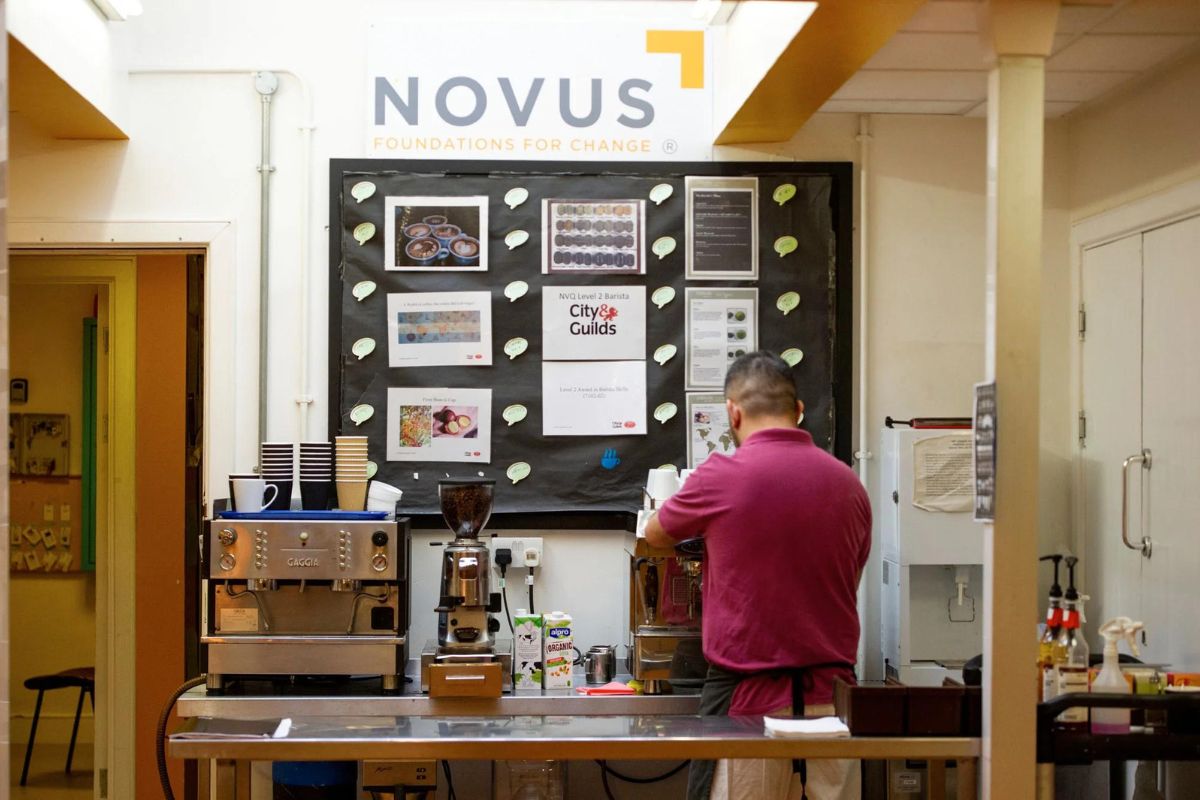



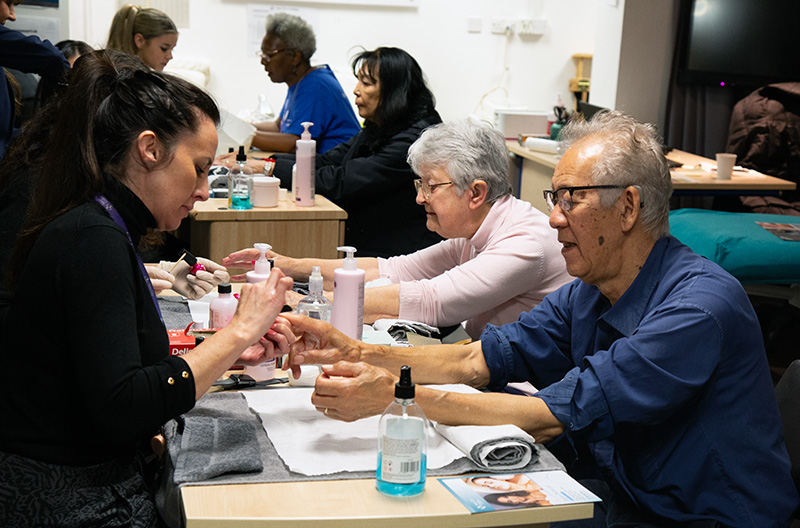
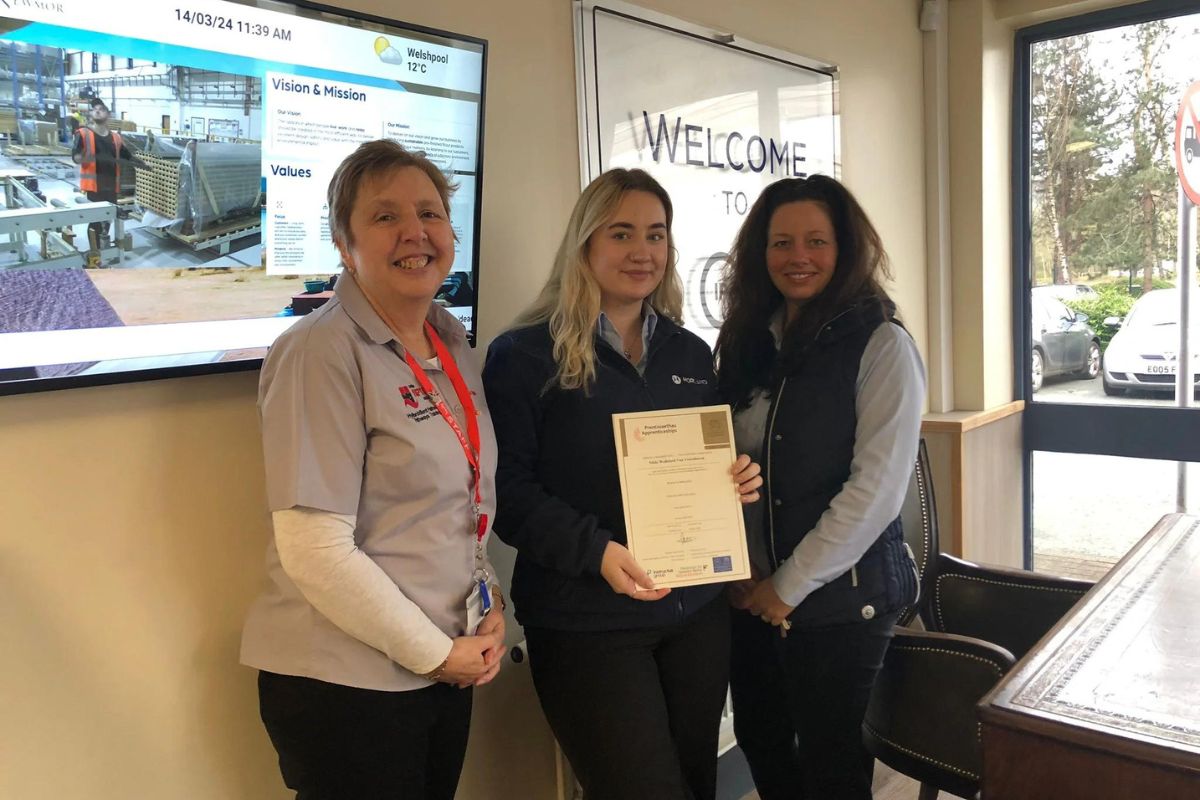

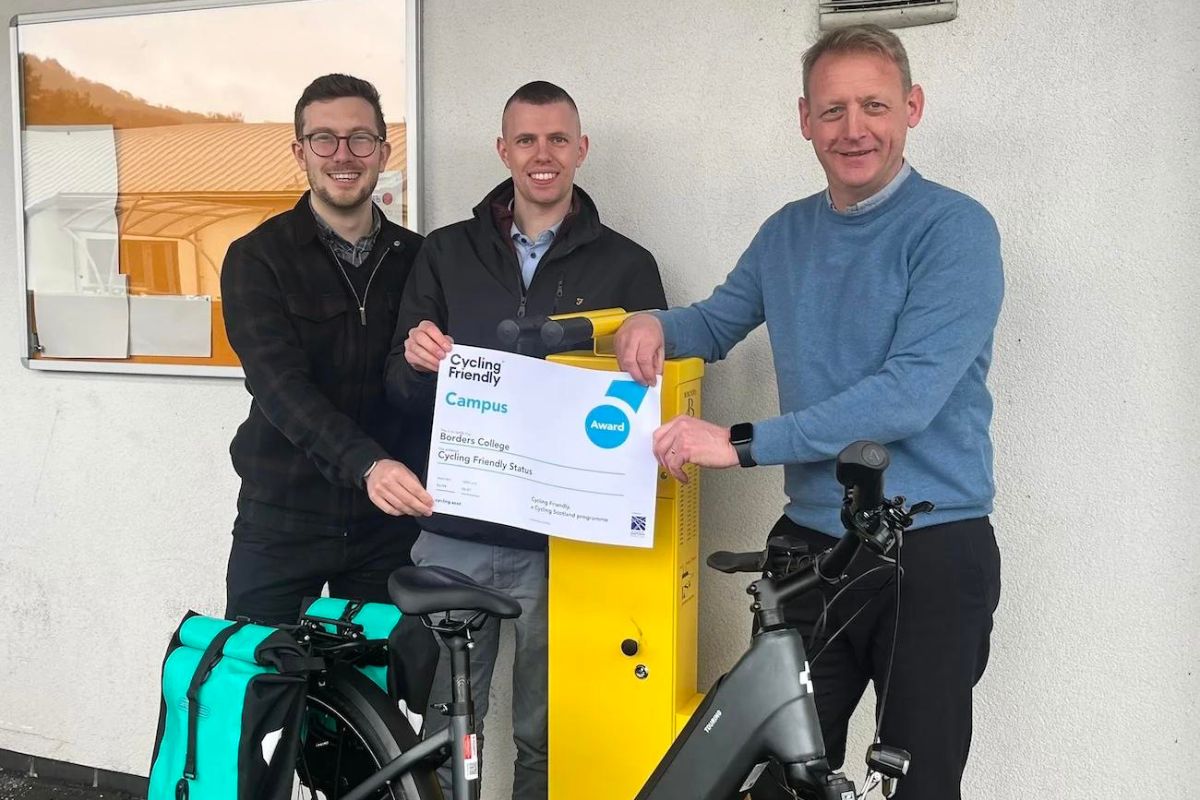
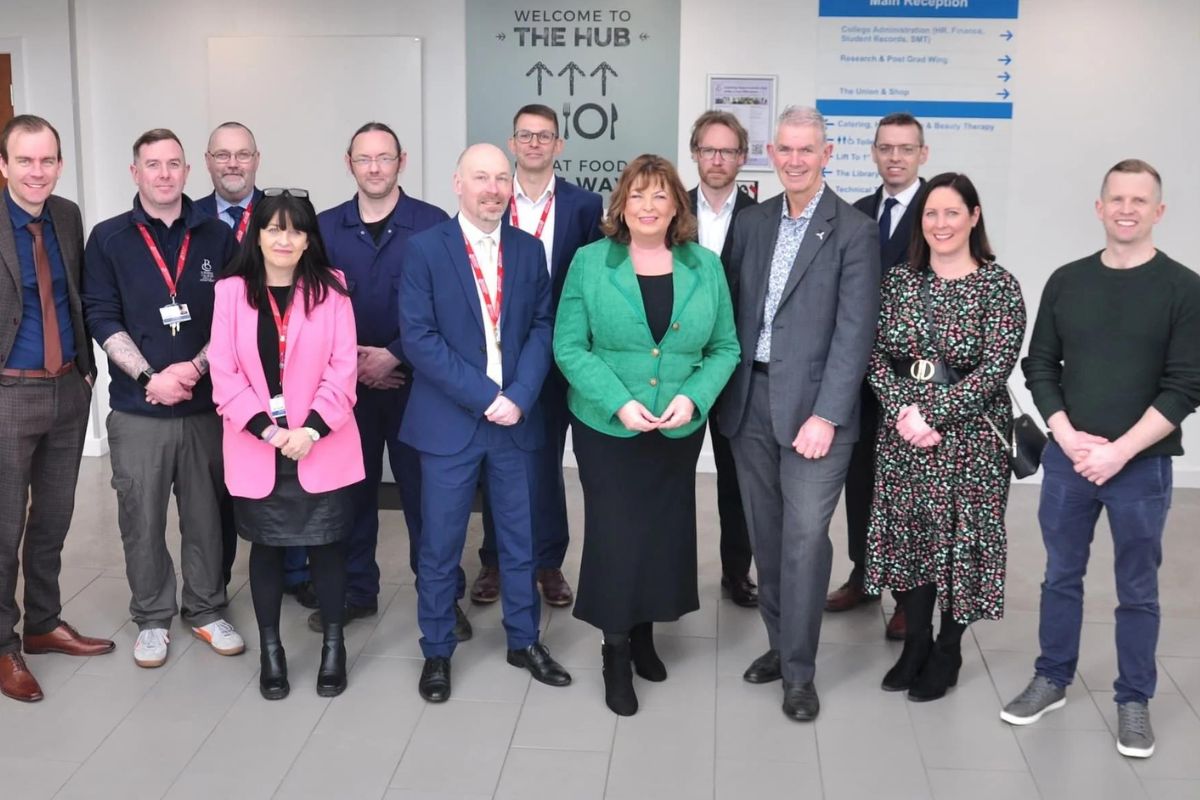
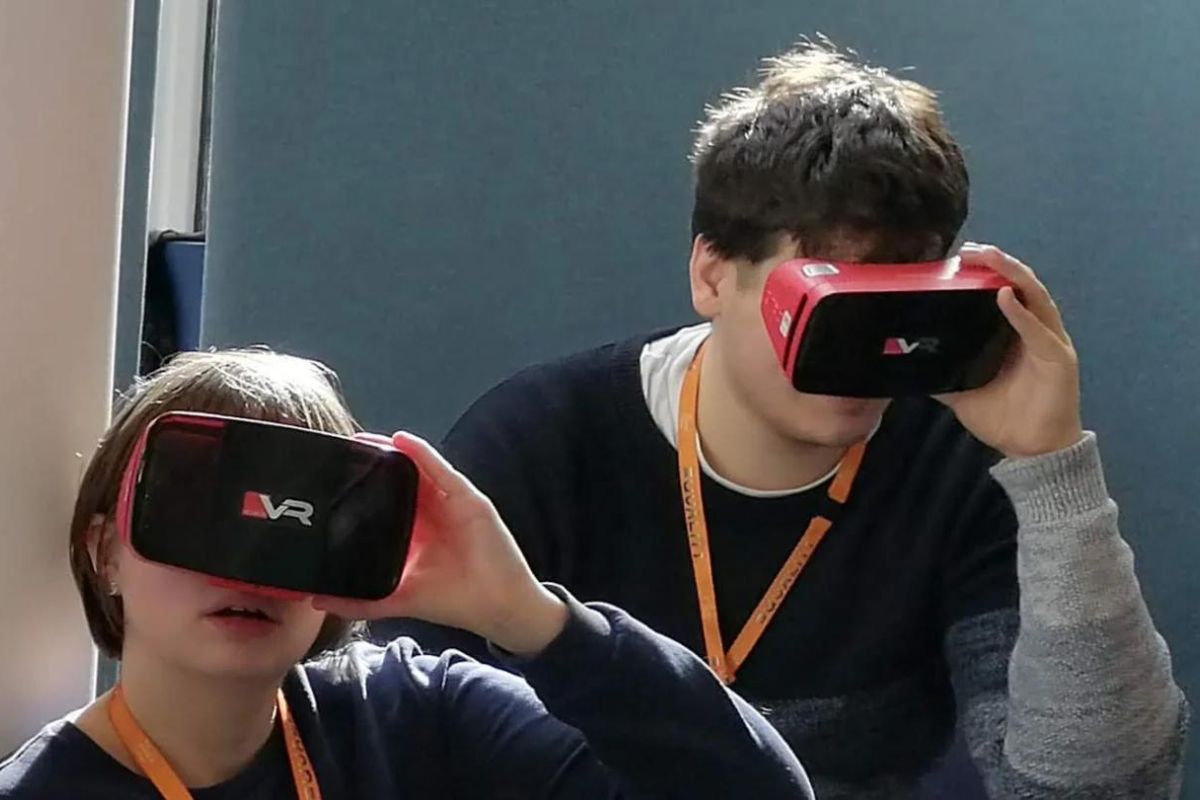
Responses